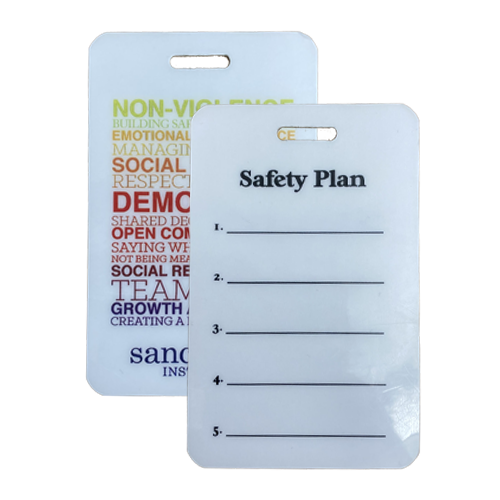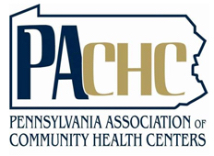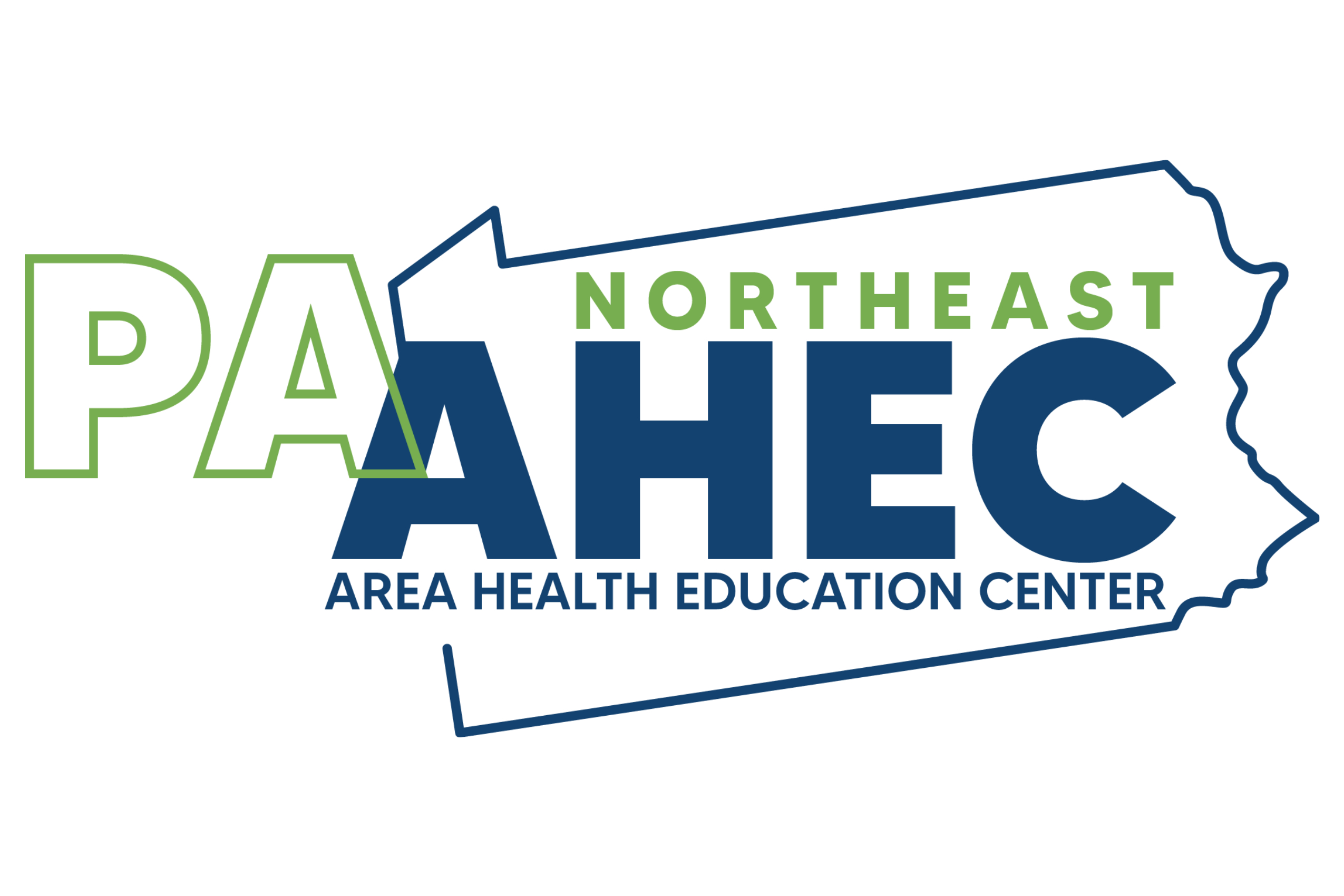Sanctuary Toolkit: Safety Plans


Sanctuary Toolkit: Safety Plans

I was going to start this one by just saying everybody look at your plans. I quickly realized, though, that my attempt at pop culture humor may be misunderstood and not enough people will recognize the lyrics to “Safety Dance” (the line for which, of course, is everybody look at your hands) – a hit by Men Without Hats that – in and of itself – dates me and may prove to be more humorous.
The second tool in the Sanctuary toolkit is the Safety Plan. Our colleagues trained in behavioral health, particularly those well versed in trauma work, knew about these well before Sanctuary. But every person instinctively knows about the concept. We all have things we tend to do to try to feel better when we are feeling really anxious or angry or upset, aka dysregulated. Some of us learned great habits to get re-regulated, such as drinking a glass of water, taking deep breaths, going for a walk, talking with friends, hugging a loved one, or meditating. There are tons of good options.
Others learned less helpful habits that accomplish the same outcome of re-regulation but which have potentially devastating ripple effects on ourselves, our environments, our colleagues, and our loved ones: Yelling, throwing things, passive aggression, substance abuse, physical abuse, manipulation – there are tons of options here, too.
I use the word learn here intentionally because, while it may feel like some people are just inherently mean or evil, as people of science and learning, we know that human being is shaped by all to which it is exposed. Some of us are born genetically predisposed to this or that, but the version of the world to which we are exposed over time shapes how we are able to show up in every moment. While this may at first feel a bit daunting, it also means that no matter how old we are, no matter how set in our ways we may feel, there remains yet a window of opportunity for small changes that, over time, can lead to enormous differences in how we show up in moments yet to come.
However, if we never change direction, we never change direction. If we only ever turn to cigarettes or food or alcohol or anger every time we get anxious or feel uncomfortable, that’s what we will only ever do. BUT! If we can consistently and repeatedly try other things, even things that at first feel really, really, REALLY awkward and dumb (and they will), we can eventually get healthier and deal with our triggers and our traumas in more productive ways.
This is where Safety Plans come in.
In a Sanctuary organization, safety plans are used by everyone, including patients, as appropriate, according to the Sanctuary Standards for Certification. All staff displays them, and decisions about how they are used and displayed are made with thoughtful consideration of the population and the needs of the setting. Safety plans should be reviewed and updated as necessary, and the timing of the reviews and updates are documented. No one gets out of using Safety Plans – executive leaders consistently model their use.
The Sanctuary Safety Plans are small, laminated rectangular cards on which everyone will write a few things they can use consistently to support their re-regulation when things get dicey in the workplace (and wherever really). One of our Sanctuary faculty members, Jaye Holly, talks about how her go-to No. 1 Safety Plan item is chocolate. A sweet is a good one if you can use it as Jaye does. The idea with her chocolate is near-total sensory engagement – the scent, the color, the taste, and the texture as it slowly, slowly dissolves. Safety Plan items are highly customizable, so a brisk walk or aromatherapy might be more in order for some people.
The rolling out of Safety Plans – how and when – will be something the Core Team works on with supervisors in each department. I wanted to introduce the concept now because, for many of us, it will feel pretty strange and perhaps even a little intrusive. Please know that you will not be forced to share your plan with anyone, but it will be important to know that everyone at TWC has one. And if you do share with colleagues, the likelihood of them being able to support you increases. Jaye often gets gifts of chocolate. Just sayin.’
Having a Safety Plan is a way to acknowledge that each of us is taking responsibility for our own well-being (shout out to Brad Yates) and a signal to our colleagues that we are accepting that responsibility. That is big work. Really big. Work that a lot of people simply don’t do. Imagine if they did, what a world it would be.
QUICK TIP
Safety Plans will take a little bit to roll out, but the activity of thinking about health options for re-regulating ourselves when we might be trauma-triggered at work is something we can think about at any time. Below are some grounding exercises provided by Allison LaRussa (thanks Allison!), our director of health humanities.
Grounding exercise (using our senses to ground us back into the present moment):
5: Acknowledge FIVE things you see around you.
4: Acknowledge FOUR things you can touch/feel around you
3: Acknowledge THREE things you hear
2: Acknowledge TWO things you can smell
1: Acknowledge ONE thing you can taste
Exercise to stimulate the parasympathetic nervous system (rest and digest) (relief from anxiety, stress):
1. To begin, sit tall somewhere comfortable (or you can also use this breath lying down or simply standing up where you are.)
2. Close your eyes and begin breathing through your nose.
3. Inhale for a count of two; pause at the top of your inhale for a count of one.
4. Exhale gently, out of the mouth, for a count of four.
Sincerely,

Meaghan P. Ruddy, Ph.D.
Senior Vice President
Academic Affairs, Enterprise Assessment and Advancement,
and Chief Research and Development Officer









